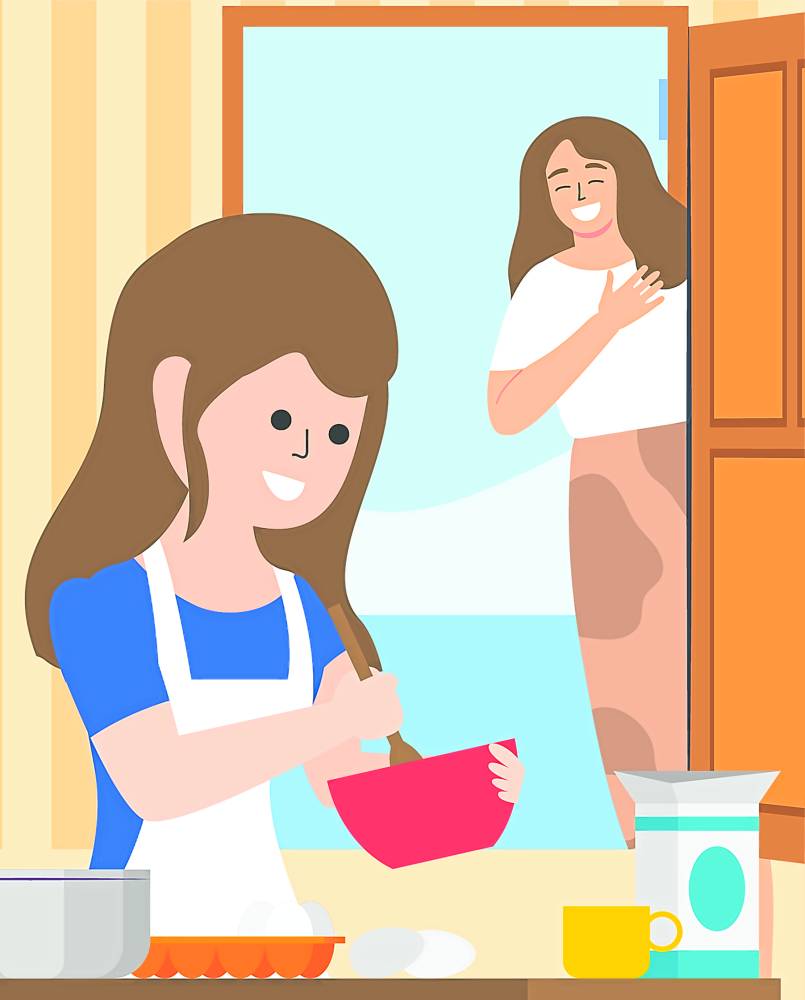Over the last year, there’s been an undeniable rise in the number of suicides—attempted and completed—among Filipino children and young adults.
The most vulnerable age group is 18-24, but even among younger children, the numbers are rising.
Though there are many reasons for the increase in suicide incidence, there are factors that are still within parental control.
First is exposure to media content that can be potentially harmful.
The TV show, “13 Reasons Why,” produced by Netflix, is an immensely popular series worldwide. It tackles the subjects of rape, sexual assault and suicide.
It is highly advised that children and teenagers, and even young adults whose behavior could be triggered by disturbing scenes, refrain from watching this show.
Leading psychiatrist and trauma specialist June Pagaduan Lopez says that the concept of suicide has been oversimplified by the producers and director of “13 Reasons Why.”
“The show gives a very distorted and inaccurate depiction of suicidal persons, as well as the factors that push people to commit suicide,” she says.
“The series presents suicide in a sensational manner and is replete with unnecessary and highly disturbing scenes”—scenes that could potentially disturb anyone with suicidal thoughts.
Serious intent
Lopez gives a clear definition of suicide:
“It is the serious intent of someone desperately dealing with untreated or treatment-resistant depression, usually due to a biochemical problem, as scientific evidence has proven. It can also be genetic.
“Suicide, in most cases, could be avoided if the depression is treated or the environmental factors addressed.
“Depressive individuals are very vulnerable to wrong ideas, such as those presented in the TV series. The copycat incidences or suicide contagion associated with the series have been lamented by various mental health professionals like the Australian and Canadian Mental Health Associations.”
What can be done to avert problems if a young person has seen the series?
“Parents need to watch out! Know what your children are doing and watching online. If you can’t dissuade your teener from watching this series, make sure you watch it with them and have the proper knowledge to tell them what is right.”
It will also help to use the series as a catalyst for discussing mental health issues within the home. Many young people are afraid to speak up when they have harmful or suicidal thoughts for fear of being judged or invalidated.
Many Filipino families still do not recognize the reality of depression and how genetics plays a huge role in many mental health issues.
It will be very helpful to know if your family has a history of depression, anxiety, bipolar illness or schizophrenia. There is no shame in admitting it.
Mental health issues are just like cardiac problems, diabetes, hypertension or other illnesses. Recognize it for what it is, treat it, change your lifestyle as required, and provide the support needed to improve the condition. When in doubt, seek professional help.
The second factor shown to influence potentially negative thoughts is the amount of screen time children spend on their gadgets and on social media.
Several studies have shown that too much screen time disrupts sleep, desynchronizes the body clock, and desensitizes the brain’s reward system.
Light at night from electronic gadgets has been linked to depression and suicide in recent studies. Parents are now encouraged to restrict electronics use in the bedroom, especially an hour before bedtime.
The Blue Whale
Which now brings me to a question parents have asked me about suicide ideation and attempts.
There is a game called the Blue Whale that apparently runs for 50 days, and ends with the game administrator instructing the child to take his or her own life. The first time I heard about it, I thought it was bizarre. Apparently, the game does exist.
Andrew Rossow, an internet lawyer, wrote in an article on Forbes.com that in the Blue Whale challenge, tactics are well thought out and planned.
“The administrator surveys and learns about their victim—through their status updates, daily postings, and even personal information they have available in their profiles. When the victim starts the challenge, the platform they are using (device and internet browser) is supposedly infected with malware and viruses that the administrator places there.
“Believing the malware to be infected, the victims are held hostage with hopes their information and photos are not publicly released. Ultimately, it’s the soon-to-be victim’s decision whether or not to play.”
It’s not an app or a physical game that can be bought online.
Rossow describes how victims are chosen. “The victim is recruited/invited through social media platforms or even over the phone. The best way to avoid being brought into this world is to change your privacy settings on your online accounts, so only you or your family/close friends can see your profile.
“Additionally, don’t accept friend requests from people you don’t know. Lastly, the old adage, ‘Don’t talk to strangers,’ still holds true—don’t answer calls from people you don’t know, and this is a person from one end of a phone or a computer, forcing someone they have never met, on the other side of that device, to seriously harm themselves, and ultimately, fatally injure themselves.”
It’s a much more challenging reality now for parents. The world and ever-changing technology, and the evil that lurks in spaces we cannot see, require a more savvy and sensitive kind of parenting.
In the same way that more prayers are needed for our children to thwart evil, we also need to read more, learn more and stay more engaged in the lives of those we love.
E-mail [email protected] and let me know what mental health issues you’d like to read about.










































